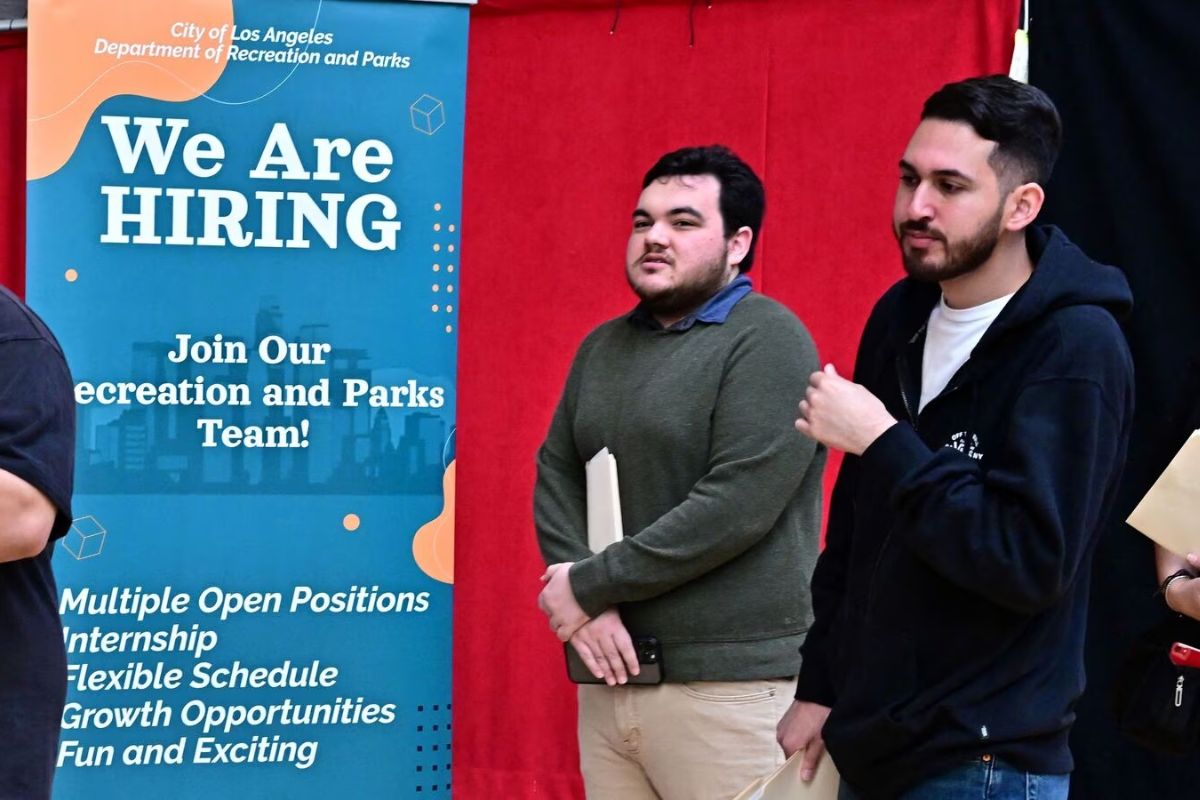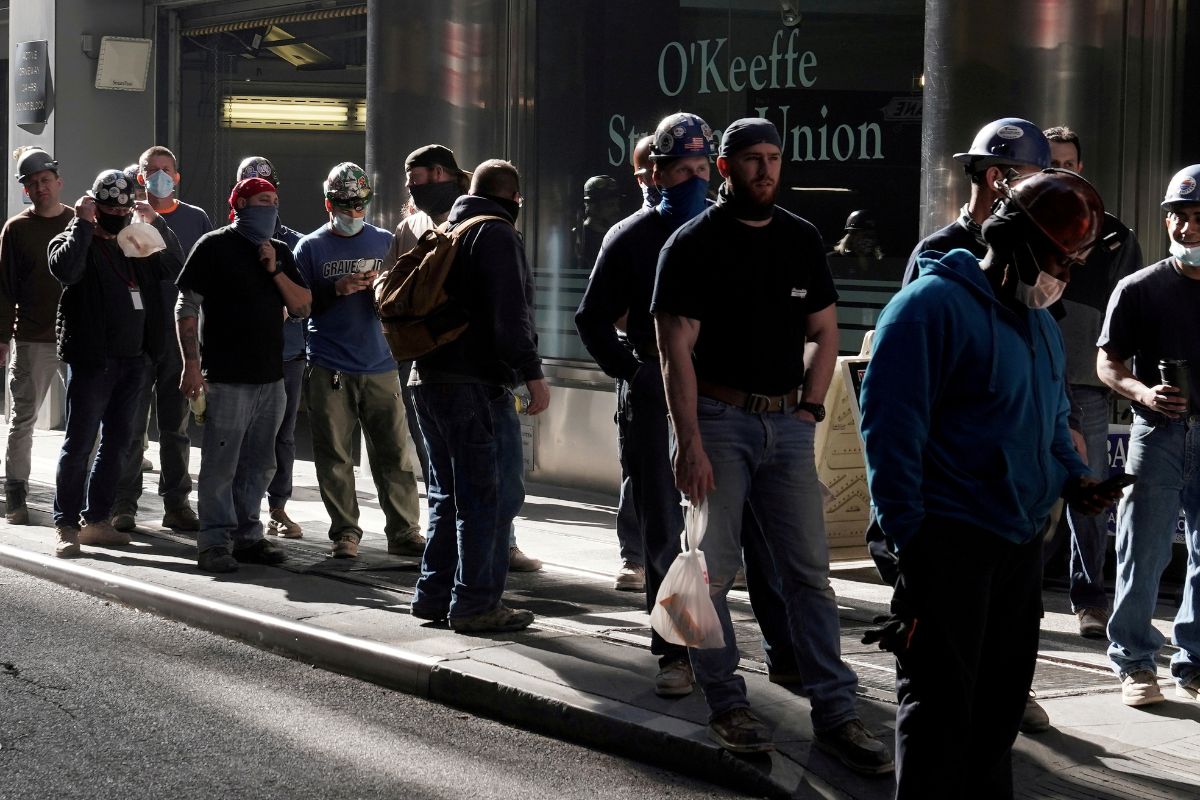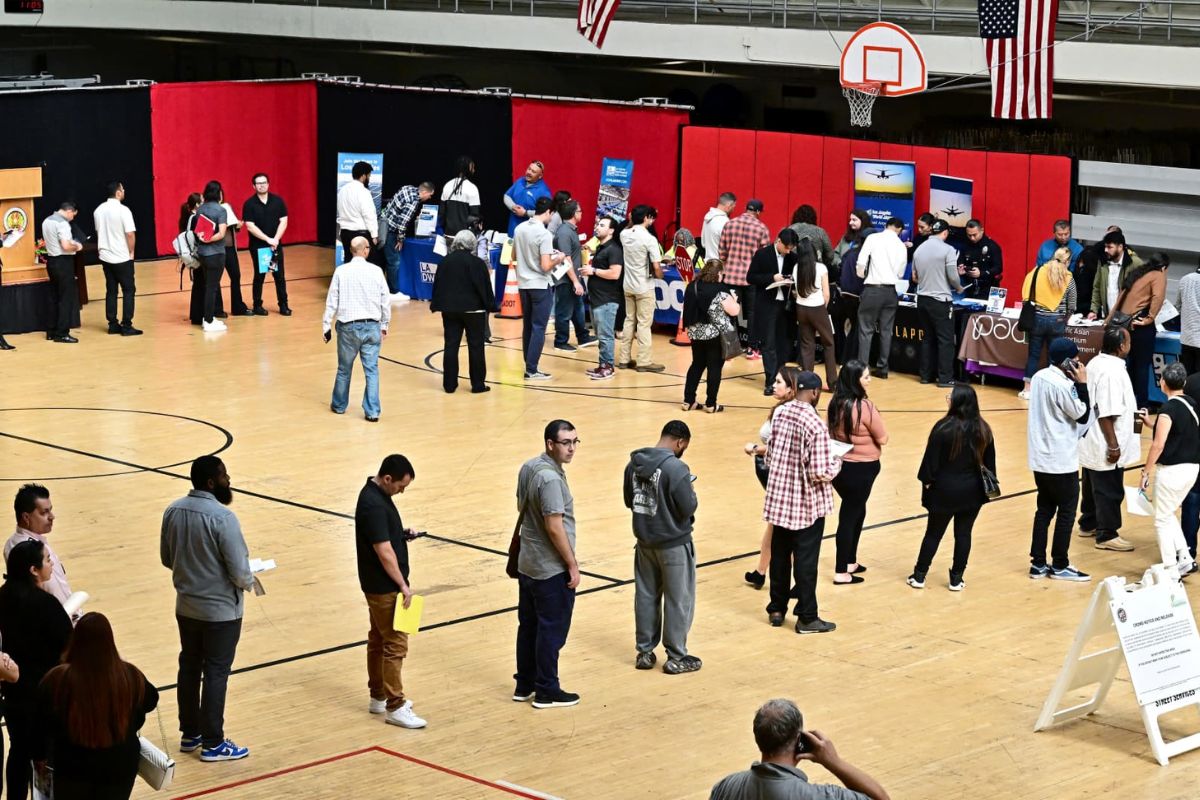Surprising Labor Market Twist: In a surprising turn of events, the latest labor market data has sent shockwaves through Wall Street and Main Street alike. With a noticeable cooling in job creation and a spike in the unemployment rate to 3.9%, economists and policymakers find themselves at a crossroads.
The Federal Reserve now faces a daunting task of deciding whether to intervene with interest-rate cuts to stimulate the economy. As wage growth softens and uncertainty looms, the market is left pondering the potential implications of this unexpected labor market twist.
Federal Reserve Weighs Interest-Rate Cuts Amid Mixed Job Growth Report
Amidst a backdrop of economic uncertainty, the Federal Reserve finds itself at a critical juncture, contemplating potential interest-rate cuts in response to a mixed job growth report.
The recent surge in job creation, with 275,000 new positions added in February, initially sparked optimism. However, the enthusiasm was short-lived as revisions to previous months’ data revealed a less rosy picture, hinting at a labor market that might be losing steam.
The unexpected rise in the unemployment rate to 3.9%, the highest in two years, further complicates the Fed’s decision-making process. Fed Chair Jerome Powell‘s confidence in the economy is now being put to the test, as he navigates the choppy waters of uncertain job growth and a cooling labor market.
The need for caution in this volatile economic environment cannot be overstated, and the Fed’s potential interest-rate cuts could either stabilize the situation or add further fuel to the fire of economic uncertainty.
Also Read: US Labor Market Shifts: Job Openings and Resignations Drop
Softening Wage Growth and Rise in Unemployment Rate
Softening wage growth and a rise in the unemployment rate are casting a shadow over the recent surge in job creation, raising concerns about the stability of the labor market. Despite the strong job growth, wage growth edged down to 4.3% in February, reflecting a concerning trend that could potentially hinder the overall economic progress. The increase in the U.S. unemployment rate to 3.9%, its highest in two years, further exacerbates the situation, signaling potential challenges ahead. These developments have put the Federal Reserve in a tough spot, as it grapples with the task of balancing economic growth with inflation worries.
| Key Point | Impact |
|---|---|
| Softening Wage Growth | Hinders consumer spending and savings |
| Rise in Unemployment Rate | Indicates potential economic slowdown |
| Challenges for Federal Reserve | Balancing growth with inflation fears |
The current scenario demands a strategic approach from policymakers to navigate through these turbulent waters and ensure a stable economic future.
Fed’s Dilemma: Balancing Reassurance Amid Labor Market Rebalancing
How is the Federal Reserve navigating the delicate balance between providing reassurance and addressing the challenges of labor market rebalancing? The Fed finds itself at a crucial crossroads, torn between maintaining confidence in the economy and addressing the red flags waving in the labor market. Here are three critical considerations shaping the Fed’s dilemma:
- Job Growth vs. Unemployment Rate: The strong job growth in the U.S. has long been a pillar of economic stability, but the recent uptick in the unemployment rate to 3.9% sends ripples of concern through the labor market landscape.
- Inflation Control vs. Economic Growth: The Fed is tasked with taming inflation while fostering economic growth. With signs of cooling job numbers, striking the right balance becomes a complex juggling act.
- Evolving Labor Market Dynamics: As the labor market undergoes a rebalancing phase, the Fed must adapt its strategies to reflect these changing dynamics. This adaptability will be crucial in steering the economy through uncertain times.
Market Expectations and Speculations on Future Rate Cuts
What impact do market expectations and speculations on future rate cuts have on the Federal Reserve’s upcoming policy decisions?
The recent surge in market predictions of a rate cut indicates a growing sentiment of uncertainty and fear within financial circles. With an 80% chance of a rate cut by June and expectations for a full percentage point decrease by year-end, traders are positioning themselves for a turbulent economic landscape. The Fed, known for its cautious approach, is under mounting pressure to address the market’s concerns and potential downturn risks.
As the Fed’s next meeting approaches on March 19-20, all eyes are on policymakers to decipher any signals of their intentions. Will the Fed hold steady, risking the ire of a market hungry for reassurance, or will they succumb to the mounting expectations and implement a preemptive rate cut?
The decision at hand is not merely about monetary policy but also about the Fed’s ability to navigate through uncertain times while maintaining its credibility and effectiveness. The stakes are high, and the Fed’s choice will undoubtedly send shockwaves through the financial world.
News In Brief
In a surprising twist, the latest labor market data reveals a cooling in job creation and a spike in the U.S. unemployment rate to 3.9%. This unexpected development has left the Federal Reserve at a crossroads, contemplating potential interest-rate cuts to stimulate the economy. Despite a surge in job creation, revised data and softening wage growth raise concerns about the stability of the labor market. The Fed’s upcoming decision on interest rates becomes crucial as it navigates a delicate balance between economic reassurance and addressing challenges in labor market dynamics. Market expectations of a rate cut indicate a growing sentiment of uncertainty, putting pressure on the Fed to decipher signals and maintain credibility.



